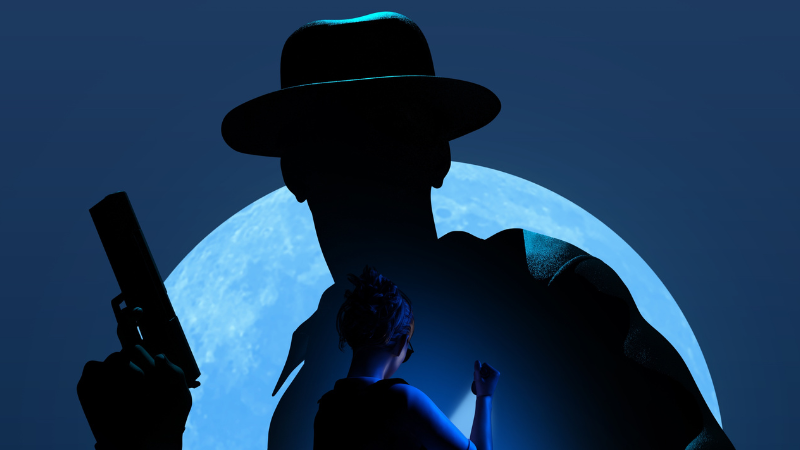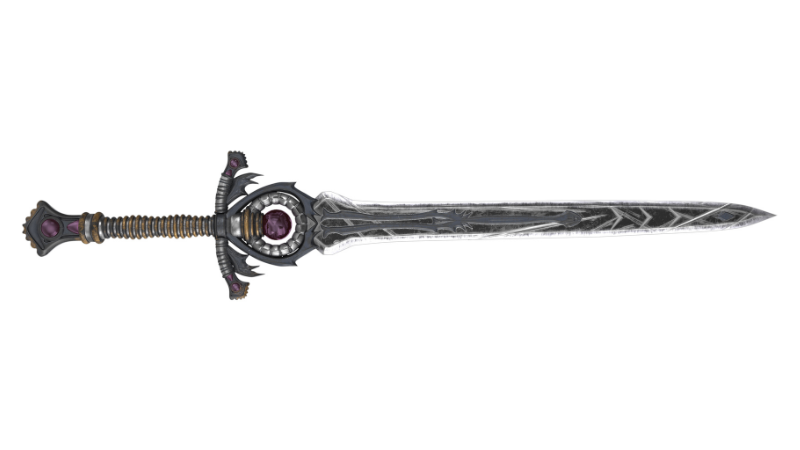The Rise, The Fall, & The Future of MMOs

By Andrea Tan | May 11th, 2022 | Categories: MMORPG
If you’ve ever played a video game before, there’s a good chance that you at least know what World of Warcraft is. In the early 2000s, it was the largest MMO ever to grace the interwebs. It’s not the first-ever MMO, but back in 2010, WoW reached a peak of more than 12 million active players. Blizzard has ultimately paved the way for a gaming style that’s continuously emulated even today. Nowadays, MMOs thrive off of players giving them a try. If all goes well, they get hooked and populate massive in-game worlds. This year, the most popular ones are Final Fantasy 14 and Lost Ark. FFXIV, specifically, demolished expectations – surpassing even World of Warcraft as the most prominent fantasy MMO globally.
Table of Contents
Stagnation Began With World of Warcraft
Amazon Games’ New World jumpstarted the MMO genre. We know Amazon Games hasn’t had the best experience in releasing successful games recently. However, New World (at least for a while) became one of the most high-profile entries into the MMORPG genre in a long time. The last time we had this kind of anticipation was for Star Wars: The Old Republic, and that was 11 years ago!
For most of the 2010s, the massively multiplayer online genre was dormant – stagnant even. The game that caused this stagnation in the first place was the big dog: World of Warcraft. Before World of Warcraft greeted the world in 2004, the early 2000s was considered the heyday for MMOs. WoW sucked the oxygen out of the room and essentially eliminated all competition. Everquest 2, Lord of the Rings Online, and other competitors folded or went with the free-to-play route shortly after their release to cope with their reducing player base. WoW’s subscriber base also began to dwindle during this time. This was mainly due to the player’s negative reviews for Blizzard’s expansions, such as Battle for Azeroth and Warlords of Draenor.
The Fall
There’s a gaping hole or “flaw” that MMORPGs can’t avoid: they tend to be slow-paced and grindy. Many current multiplayer games are already designed to be fast-paced, like FPS and Racing games. We need to remember that at this point, the original player base who were really into the MMO genre are trudging into their late 30s and 40s – people who are busy working and thus, have less time playing video games now.
Based on research conductedby Polly Huang, Kuan-Ta Chen, and Pin-Yun Tarng in “An Analysis of WoW Players’ Game Hours,” they claim that 75% of gamers play longer than 1.9 to 2 hours per day on average and 25% longer than 4.9 hours per day. Here, we can see that players need to put at least two hours a day to finish their daily quests or level up their characters. If we consider counting up the working hours and other activities (eating, sleeping, etc.), there’s not much for gaming. Time is one of the most critical factors for playing MMORPGs, and if players can barely squeeze in an hour or two, it’s easy to get left behind – especially since MMOs tend to evolve rather quickly (new content, raids, classes, etc.).
The long and arduous grinding time isn’t the only thing that led to the fall of MMOs. The lack of good titles and the inferior business model that companies chose is another reason worth talking about. Take Black Desert Online, for example. A game that’s still popular but got a massive decline due to mishandling of its business model, courtesy of its publisher.
Black Desert Online’s mechanics and system are designed to be free-to-play (F2P), and the grinding phase is set to be heavy where the publisher needs to put out items that can help boost this phase with real money to make a profit out of the players. This model is also known as pay-to-win (P2W). The western release of BDO was set to use a buy-to-play (B2P) model, where a player just needs to buy the game, and they can play whenever and wherever they want. If an MMO goes with the pay-to-play (P2P) or B2P route, it typically means that they won’t have any P2W aspect since the money from the sales is already enough for the devs and publishers. Unfortunately, this wasn’t the case for Black Desert Online. Like their eastern release, the publishers started pushing things that changed the in-game balance, leading to many players leaving the game.
The Rise
Final Fantasy XIV and arguably Lost Ark are the games that are currently carrying the genre right now. It’s not all sunshine and rainbows for these titles, though. The release of the Endwalker expansion for FF14 was met with hours-long queue times and an array of errors. Heck, there was even a time when digital copies of the MMO ran out. Meanwhile, Lost Ark faced similar problems during its launch. Amazon and Smilegate’s online game was borderline unplayable in Europe, and it frequently endured connection drops and lag spikes when you finally got in the servers.
Nonetheless, FF14 and Lost Ark’s rocketing success is the greatest sign that the MMO still endures and adapts. The rise of live service games and inhabitable worlds like Fortnite owe much of their inspiration to MMOs.
What the Future Holds for MMOs
Based on Mordor and Intelligence’s’ “MMORPG Gaming Market – Growth, Trends, Forecasts (2020-2025)” report, it’s said that the gaming market for the genre is expected to grow at a CAGR (Compound Annual Growth Rate) of 9.5% during the specified period. MMO games remain majorly dependent and largely centralized on the developers’ willingness to support their games via updates. At the time of the COVID-19 situation (that’s still happening), the increasing popularity of MMORPGs is driving the market’s growth, thereby incentivizing developers and publishers to do more for their titles.
So can we honestly say that MMOs are back? Yes, but not like when it was during the early 2000s when multiple games were released yearly. The excitement for FF14 and Lost Ark, in particular, shows a hunger for more of these types of games. Gamers still want to work with other fellow players, form long-lasting bonds searching for loot and quests, and lose themselves in these in-game worlds. If developers satisfy this hunger and give the players what they want, it’s unlikely that the MMORPG genre will fade once again.














